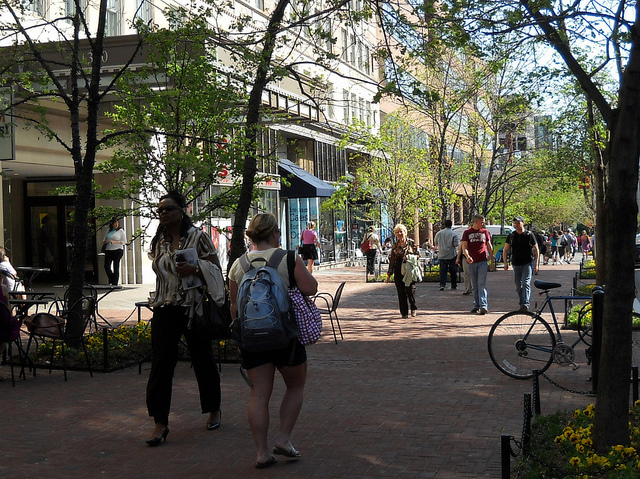Code Green Solutions


We’re moving to the city! The Urban Land Institute’s (ULI) recent America in 2013 report found that home location preferences were shifting among the fastest growing demographic groups in the US. Gen Y’ers, African Americans, and Latinos all increasingly favor compact urban development over the suburban lifestyles of their parents and grandparents.
ULI Chief Executive Officer Patrick L. Phillips put it this way:
“We’ve entered an era in land use that will be defined by development that conserves land and energy, and which offers consumers plenty of options in where they live and how they get from one place to another.”
Based on a nationwide survey with over 1,200 participants from different demographic groups, results indicated that among all respondents, 59% preferred a smaller home with a shorter commute, and approximately 50% wanted to live in mixed-income neighborhoods with access to transit.
The ULI survey demonstrated that Baby Boomers are also being drawn to cities, with 72% of respondents choosing the convenience of shorter commutes and smaller homes. Gen X’ers and War Babies were still most likely to favor single-family suburban neighborhoods, as 70% of Gen X’ers have children living at home, and War Babies are less mobile and generally retired. Despite these preferences suburban residents are demanding added pedestrians and bicycle networks with access to amenities.
This report outlines the growing trend of urban migration in the US but also indicates that location preference varies among different groups. Student and young professional Gen Y’ers favor urban living for access to employment, education, and amenity diversity. Baby Boomers are increasingly seeking convenience and key services available in cities. The remaining suburbanism is largely driven by desires for more space to raise families, along with the reduced mobility of our older population.
Continuing urban migration will be contingent on multiple future outcomes including changes in family sizes, job growth, and variations in home values. What is clear is that America’s flight from the cities is giving way to a new urbanism driven by America’s youth seeking greater quality of life and economic opportunity.